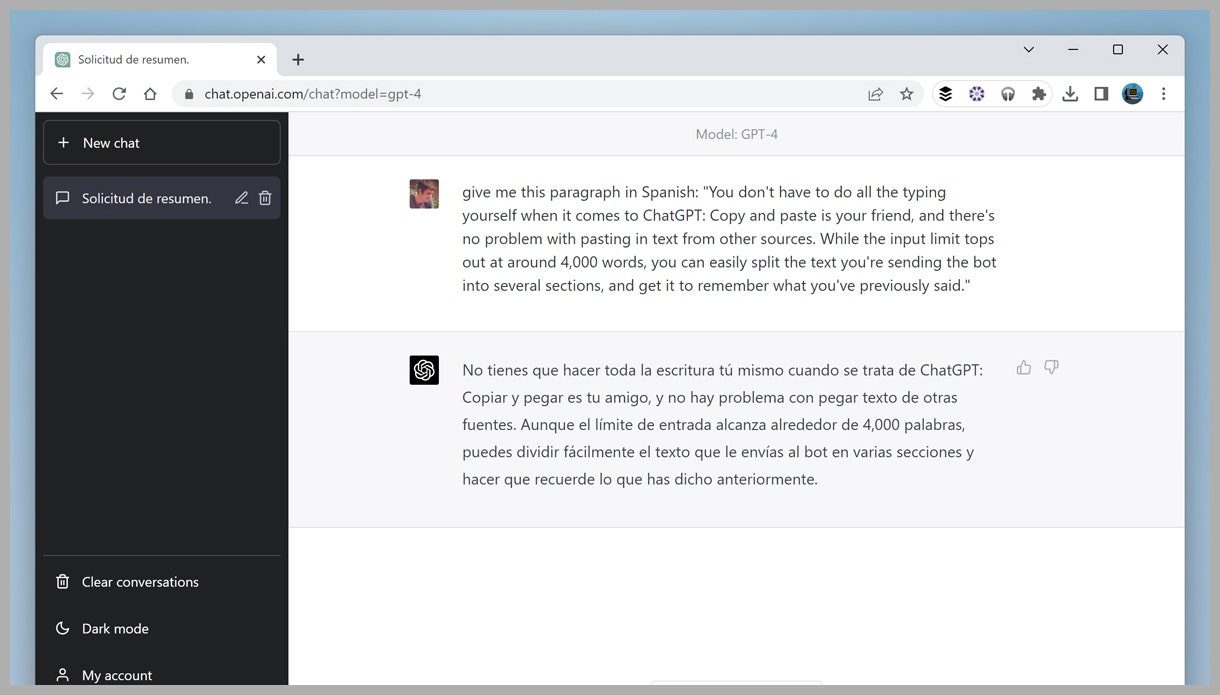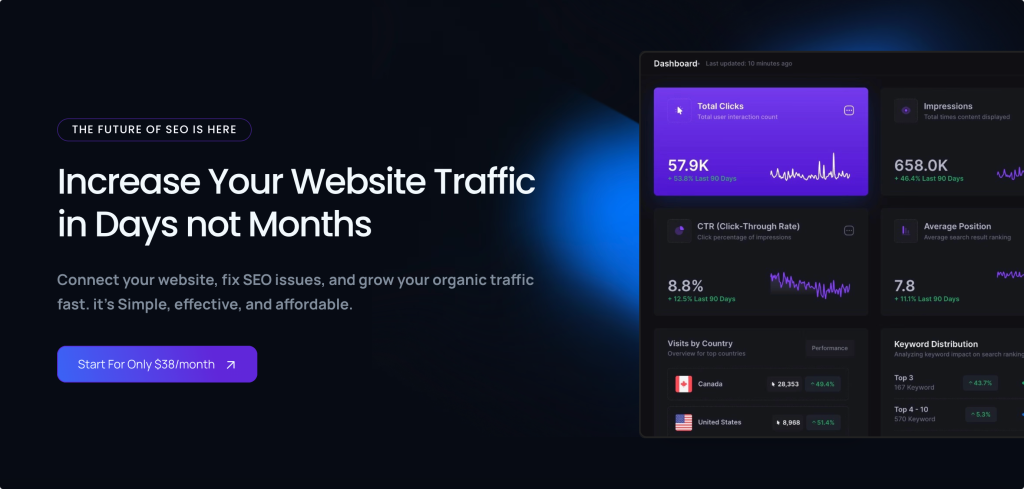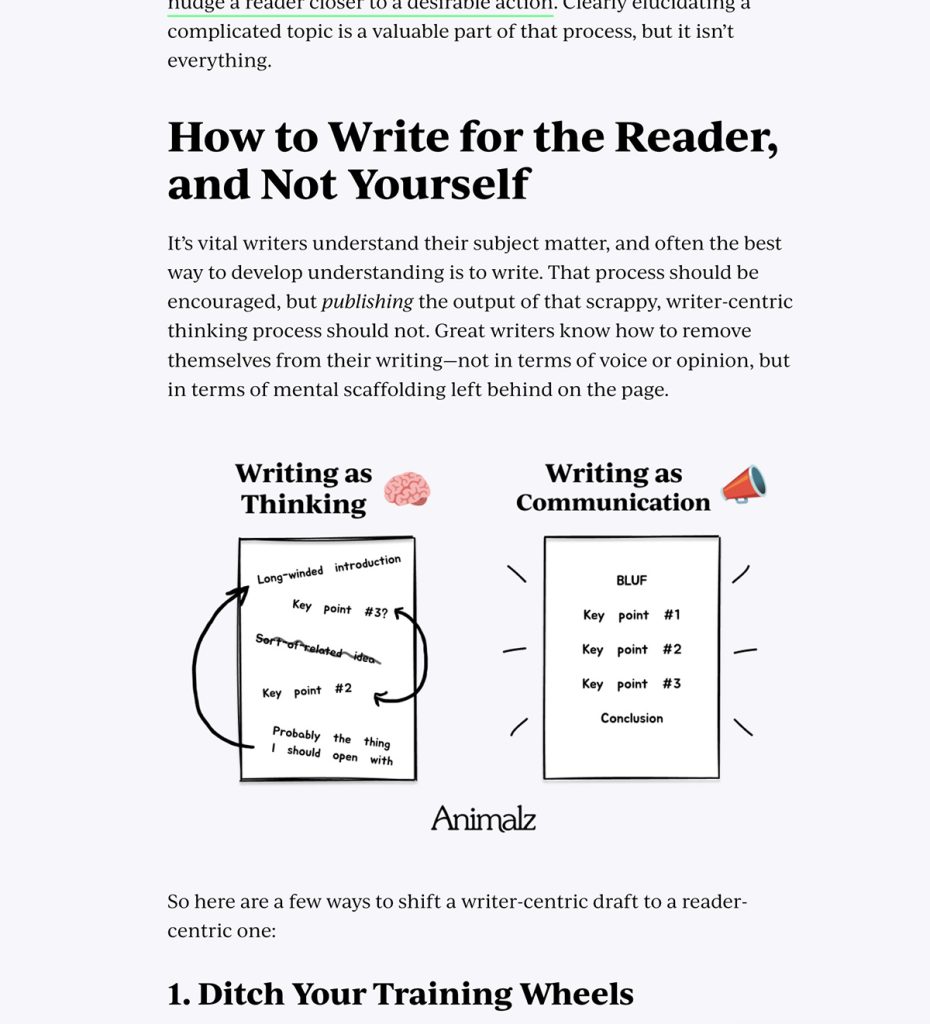Reading Time:
7 mins
Published:
Tuesday, 28 October
Section:
How To

The role of the content marketer in 2025 has dramatically shifted from writing every word to orchestrating complex content campaigns. As Large Language Models (LLMs) become indispensable tools for scaling production, the bottleneck is no longer generation speed, but quality control, depth, and structural coherence, especially when dealing with long-form content like comprehensive guides, white papers, or pillar pages.
Generating a 300-word social media post requires basic instruction. Generating a 1,500-word, SEO-optimized, factually robust article that maintains a consistent tone and argument requires sophisticated prompt engineering. This is where advanced techniques move AI from a novelty tool to a mission-critical asset for professional bloggers and SEO specialists.
To truly leverage the power of platforms like Katteb, which are designed to produce highly accurate, optimized content, you must master the art of structured, iterative prompting. Below, we outline the best prompt engineering techniques that ensure your long-form AI output is authoritative, deeply researched, and ready for publication.
Long-form content lives or dies based on its perceived authority and structure. Unlike short snippets, extended articles must guide the reader through complex arguments seamlessly. The first step in advanced prompting is to lay a solid foundation using roles, specificity, and proven examples.
For long-form content, generic responses are unacceptable. You need the AI to assume the persona of an expert in the field, a software architect, a financial analyst, or a seasoned SEO consultant. This technique, known as Role-Playing, leverages the LLM’s vast training data to mimic the specific vocabulary, perspective, and depth required by a particular domain.
Why it works for long-form: Long articles often cover niche or technical topics. Assigning a role ensures the terminology is correct, the arguments are sophisticated, and the tone is authoritative, preventing the output from feeling generalized or shallow.
The primary challenge with long-form AI generation is context drift. By the time the AI reaches the sixth section, it may forget the instructions given in the first. Prompt engineering must explicitly address continuity and structure.
When using platforms that allow multi-step generation, ensure every prompt reiterates the core topic, target audience, and required format (e.g., H2 and H3 structure). This is often achieved through the Template Pattern, where you provide the complete hierarchical outline upfront.
Example Prompt Instruction Components:
This level of specificity is critical for maintaining the professional quality expected by our audience, ensuring that the generated content is not just voluminous, but strategically optimized. For further reading on content optimization, see our guide on AI SEO and Content Optimization: The Power of AI Optimized Titles.
Few-shot learning involves providing 2-3 examples of high-quality, successful content that embodies the desired style, structure, and depth. For long-form content, this is perhaps the single most effective technique for ensuring the output aligns with your brand voice and editorial standards.
Instead of relying on vague stylistic directives, show the AI what “good” looks like. If you want a conversational yet highly technical style, feed it an example of a past article that performed well.
Modern LLMs excel at internal reasoning and self-correction. Advanced prompt engineering leverages these metacognitive capabilities to perform deep, multi-step tasks that ensure accuracy and structural integrity over long distances.
RSIP moves beyond simple editing requests. Instead of asking the AI to write and then asking a separate prompt to edit, you instruct the model to follow an explicit, iterative critique cycle. This is invaluable for long-form content where complex arguments need multiple refinement passes.
The RSIP Process for a 1,500-Word Article:
For truly massive content pieces (e.g., 5,000-word ultimate guides), breaking the task down is essential. CAD is a sophisticated approach to decomposition that ensures component parts are solved individually while maintaining awareness of the holistic structure.
Instead of just asking for Section A and then Section B, you instruct the AI to manage the entire project:
This technique prevents the “silo effect” where individual sections are well-written but fail to connect logically to the main thesis, a common failing of basic AI generation.
In the current SEO landscape, quality, E-E-A-T (Experience, Expertise, Authoritativeness, Trustworthiness), and compliance are paramount. Content marketers must ensure AI-generated long-form content meets these high standards to avoid potential quality issues.
While Katteb leverages fact-checking technology, adding prompt instructions that demand verification methodologies further reinforces quality control. For more on navigating quality standards, review our guide: Does Google Penalize AI Generated Content? The Definitive SEO Guide.
Hallucinations and overconfident statements are major risks in long-form generation, particularly when summarizing complex or novel information. CCP is a technique designed to mitigate this risk by forcing the AI to assess its own certainty about every claim it makes.
Implementation Strategy:
Instruct the AI to assign a confidence level to any non-obvious factual claim using a defined scale:
For any claim labeled “Moderately Confident” or “Speculative,” the AI must also suggest what additional information or source verification would be needed to raise the confidence level. This immediately flags areas that require human editorial review or external fact-checking, turning the AI output into a highly actionable draft.
When generating large volumes of content, it is crucial to use affirmative directives (telling the AI what to do) rather than negative ones (telling it what not to do). This simple shift guides the model toward the desired outcome more effectively.
Furthermore, apply hard constraints relevant to SEO and readability:
By combining these advanced prompt engineering techniques, you transform the generative AI process from a simple text dump into a structured, quality-controlled content production pipeline. Mastering these methods is the key to achieving the scale and quality necessary to dominate competitive niches in 2025.
These techniques are highly effective across various generative AI tools, including ChatGPT and specialized platforms. For those looking to refine their interactions with general-purpose models, incorporating these structured prompts is vital. Learn more about maximizing your use of generative tools in our 7 نصائح لاستخدام شات جى بى تى بطريقة صحيحة (7 Tips for Correctly Using ChatGPT).
The evolution of AI has made prompt engineering the most critical skill for modern content marketers. For long-form content, success is measured not by how fast the AI writes, but by how well your instructions guide its depth, coherence, and accuracy over thousands of words.
Techniques like Recursive Self-Improvement, Context-Aware Decomposition, and Calibrated Confidence Prompting represent the new standard. They enable digital marketing professionals and small business owners to scale their content production without sacrificing the authority or quality demanded by search engines and sophisticated audiences.
Stop settling for generic drafts. Start commanding high-quality, long-form content that drives real SEO results.
Ready to implement these advanced prompting techniques and scale your content strategy? Sign up for or subscribe to the Katteb AI writing platform today to generate high-quality, fact-checked content efficiently.
Best Blogs Chosen For You
These instructions will help you understand how to use our services and make the most of them.

The rise of Large Language Models (LLMs) and generative AI tools has fundamentally changed the..
Learn More
Introduction In the ever-evolving world of search engine optimization (SEO), content is still king, but..
Learn More
Introduction to Midjourney: A Powerful Tool for AI-Generated Artwork Art, in all its forms, has..
Learn More
Introduction Inbound Brand management has become a popular strategy for attracting and engaging customers in..
Learn More
Source: www.cyberclick.net Introduction Inbound Product management has revolutionized the way businesses attract, engage, and convert..
Learn More
Creating effective prompts is Essential for achieving successful AI image generation. The quality and specificity..
Learn More